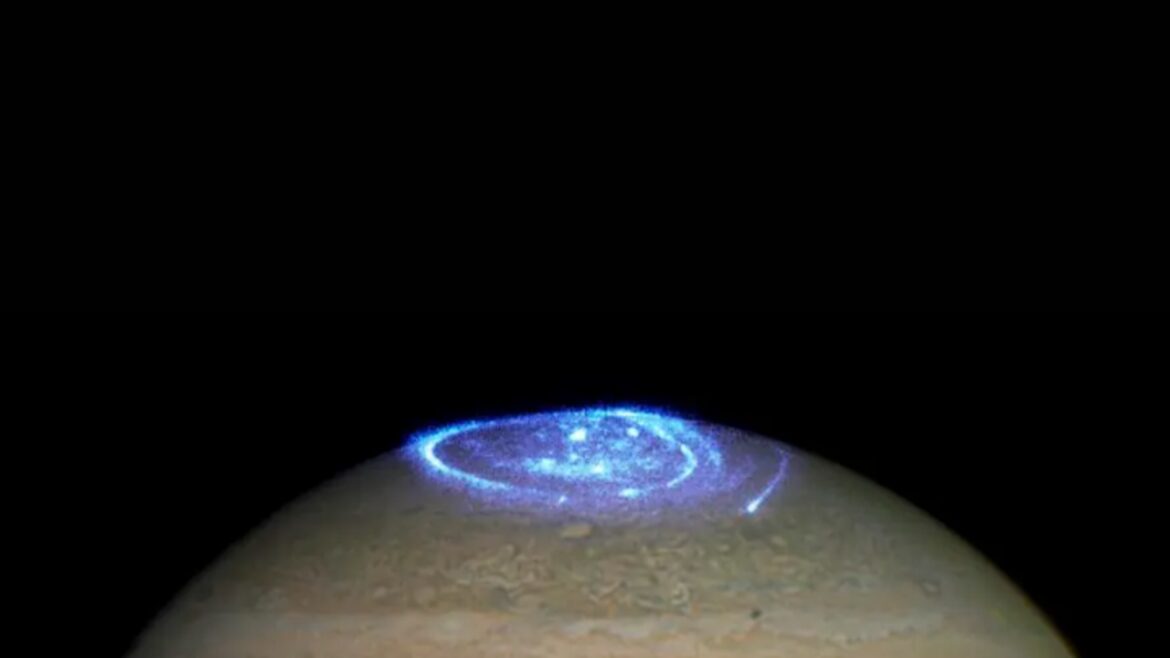Table of Contents
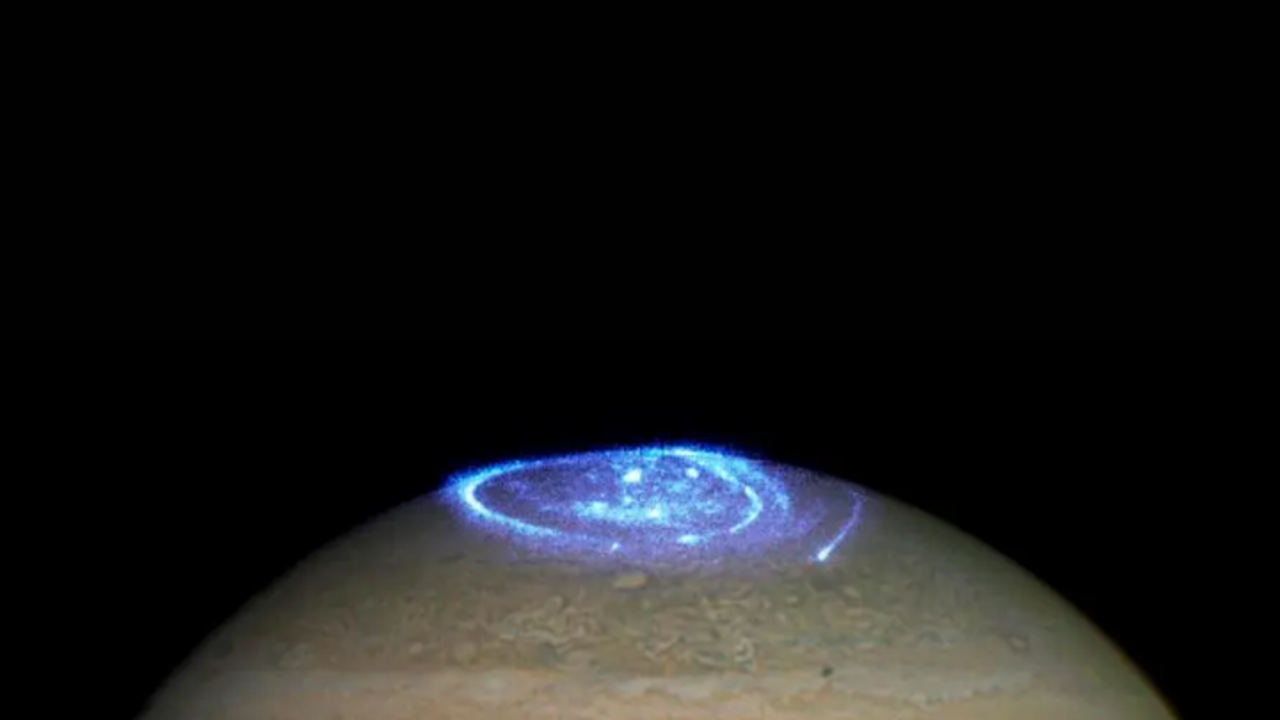
Here are the 5 most rare space pictures captured by NASA, Check it out.
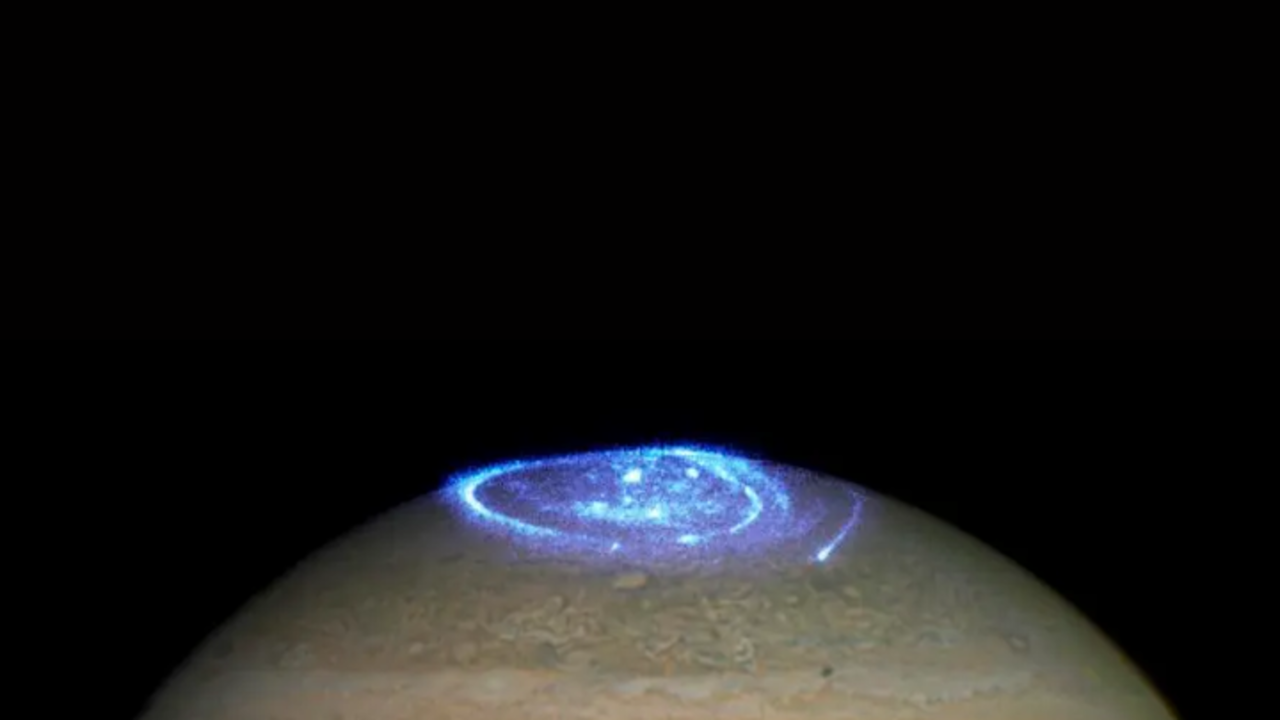
5 Most Rare Space Pictures Captured By NASA
undefined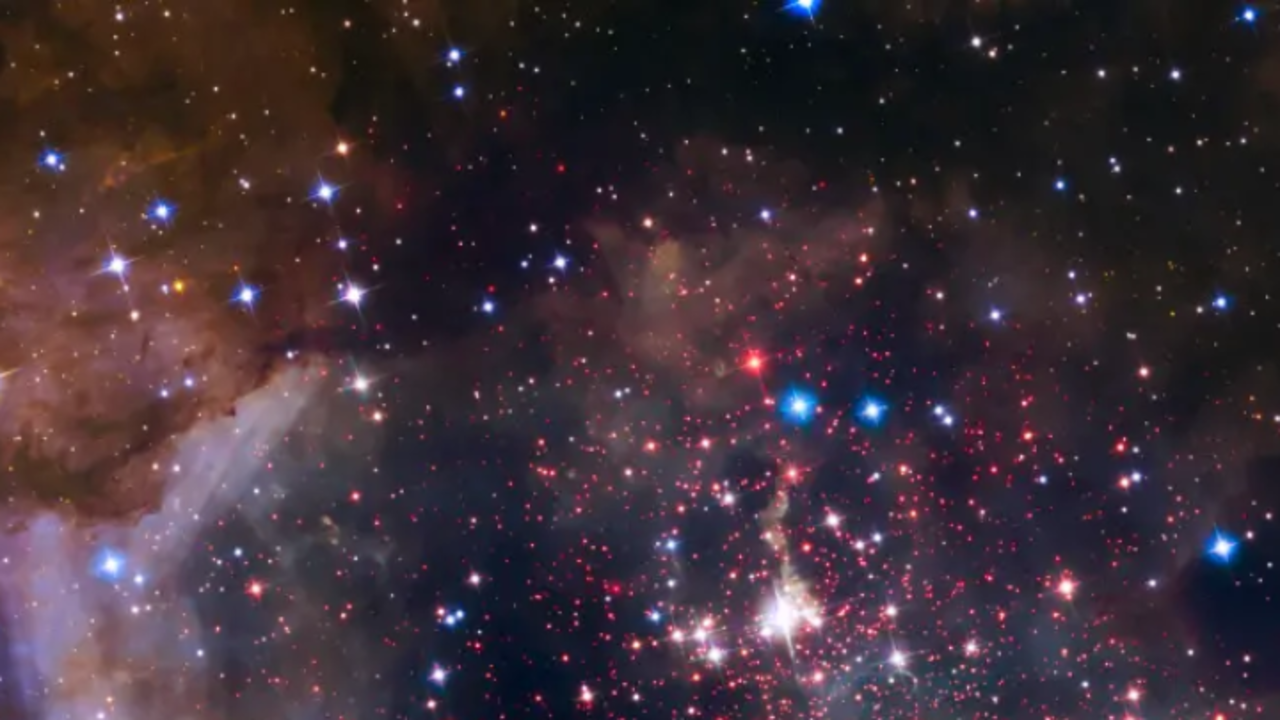
Westerlund 2
Westerlund 2, a large cluster of 3,000 stars, lies in a bustling stellar nursery called Gum 29. The Hubble Space Telescope cut through the dusty cover using near-infrared light, revealing the nebula and the dense star cluster clearly. This young cluster spans 6 to 13 light-years, containing hot, bright, massive stars.
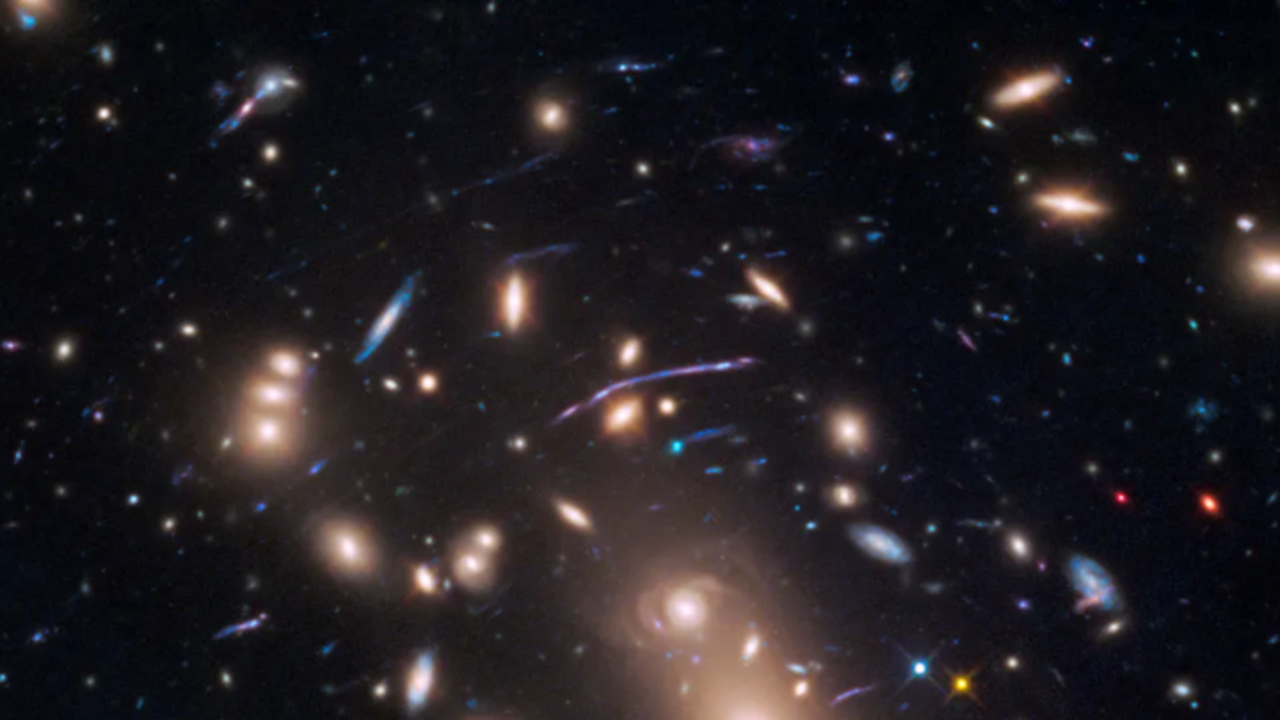
MACS JO416.1-2403
The Hubble Space Telescope's Frontier Fields project snapped the big galaxy cluster MACS J0416.1-2403 by using gravitational lenses and long-exposure imaging. Gravitational lenses bend light, allowing us to see distant objects. Hubble and Spitzer telescopes spotted a galaxy from 400 million years post-Big Bang, unseen by regular telescopes.
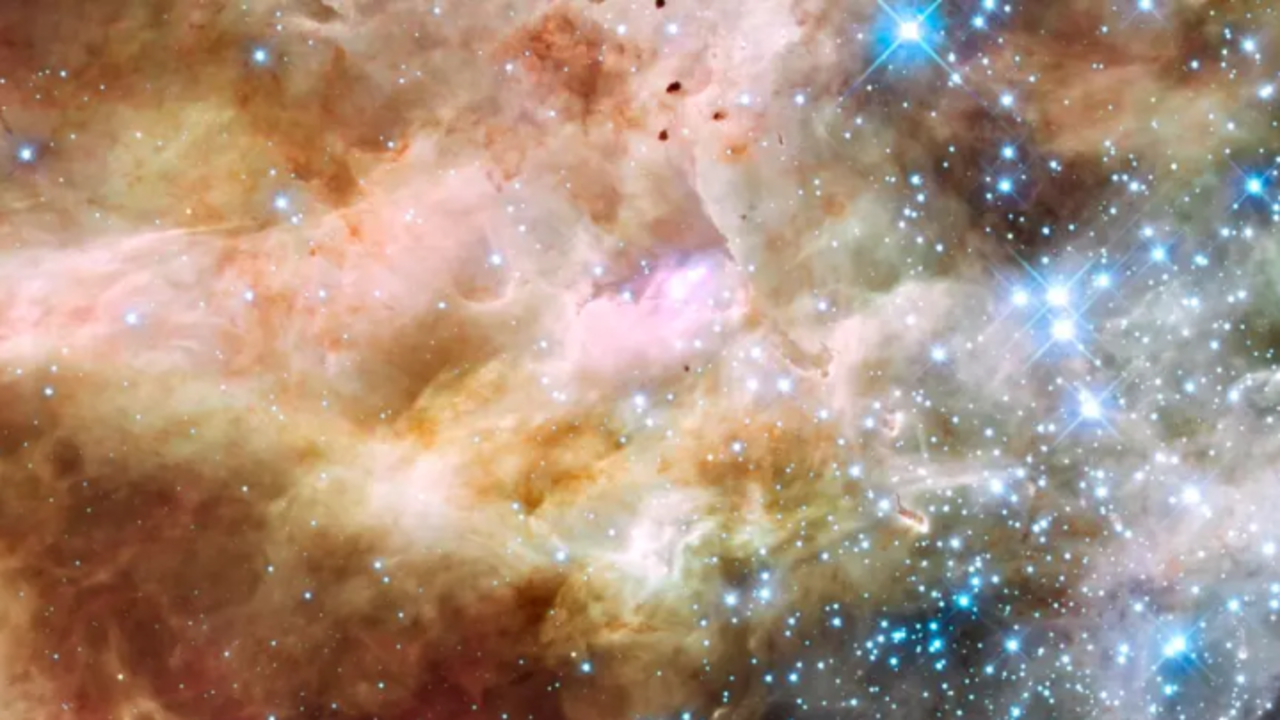
30 Doradus
This Hubble Space Telescope picture showcases two clusters packed with huge stars possibly beginning to merge. The 30 Doradus nebula, also named as the Tarantula Nebula, lies some 170,000 light-years away from us in the Large Magellanic Cloud (LMC), a Milky Way Galaxy satellite.
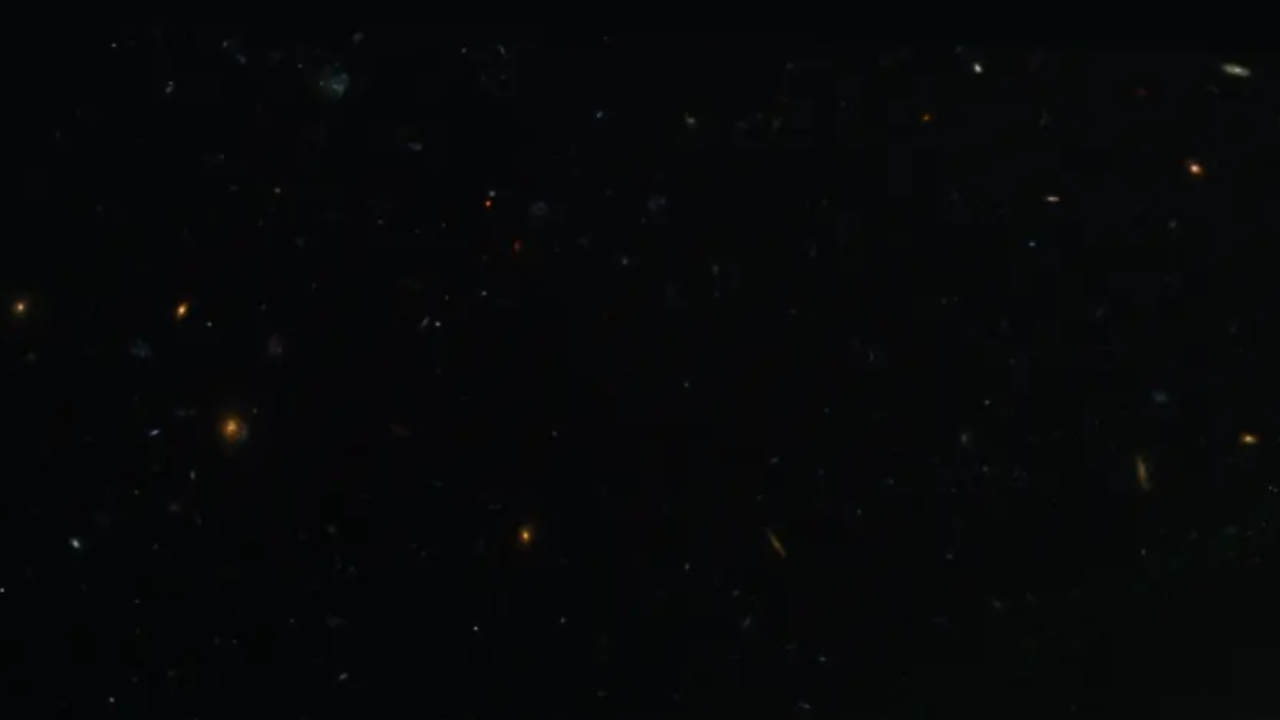
The Mice NGC 4676
These two spiral galaxies colliding are known as "The Mice" due to their long tails of stars and gas. Also called NGC 4676, they will merge into one giant galaxy. In the left galaxy, a bright blue patch indicates clusters of young, hot blue stars formed by gravitational forces. Material streams between the galaxies are visible in this Hubble image.
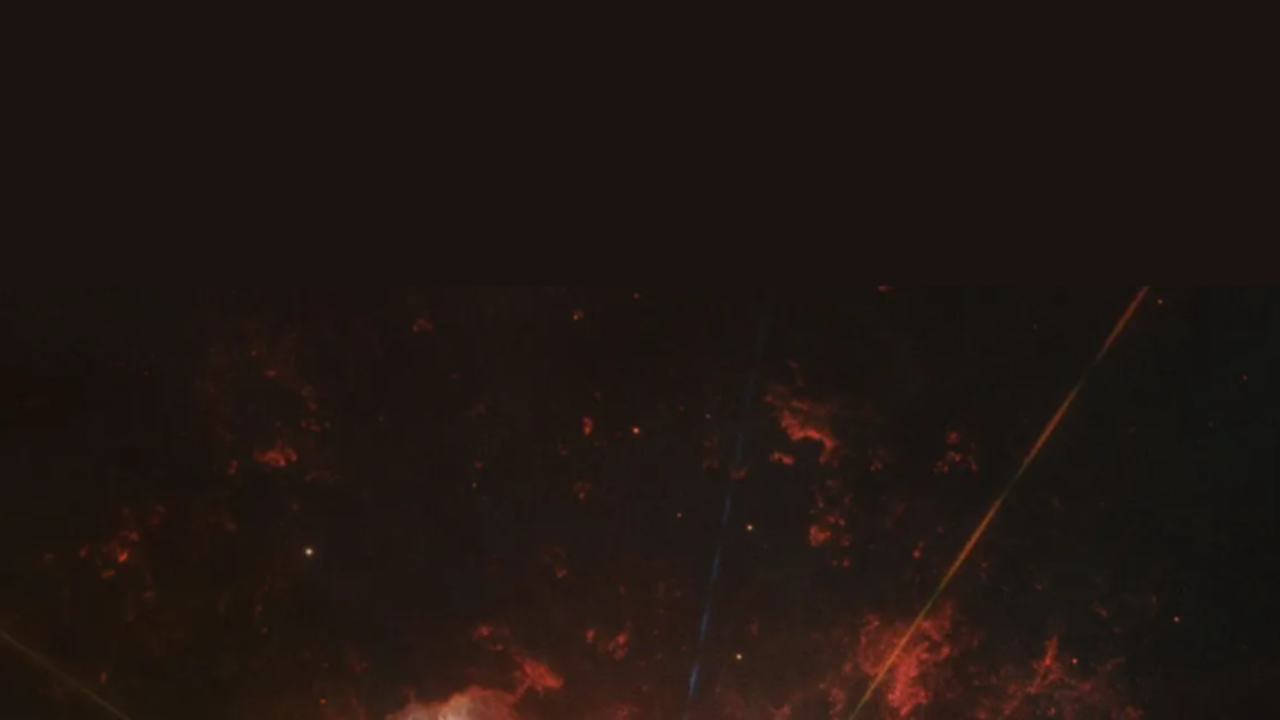
Star Eta Carinae
Eta Carinae, a large star 100 times the Sun's mass, may erupt as a supernova anytime from next year to a million years. This is 170-year-old outburst brightened the southern sky, and it uniquely emits natural laser light within the Keyhole Nebula.

